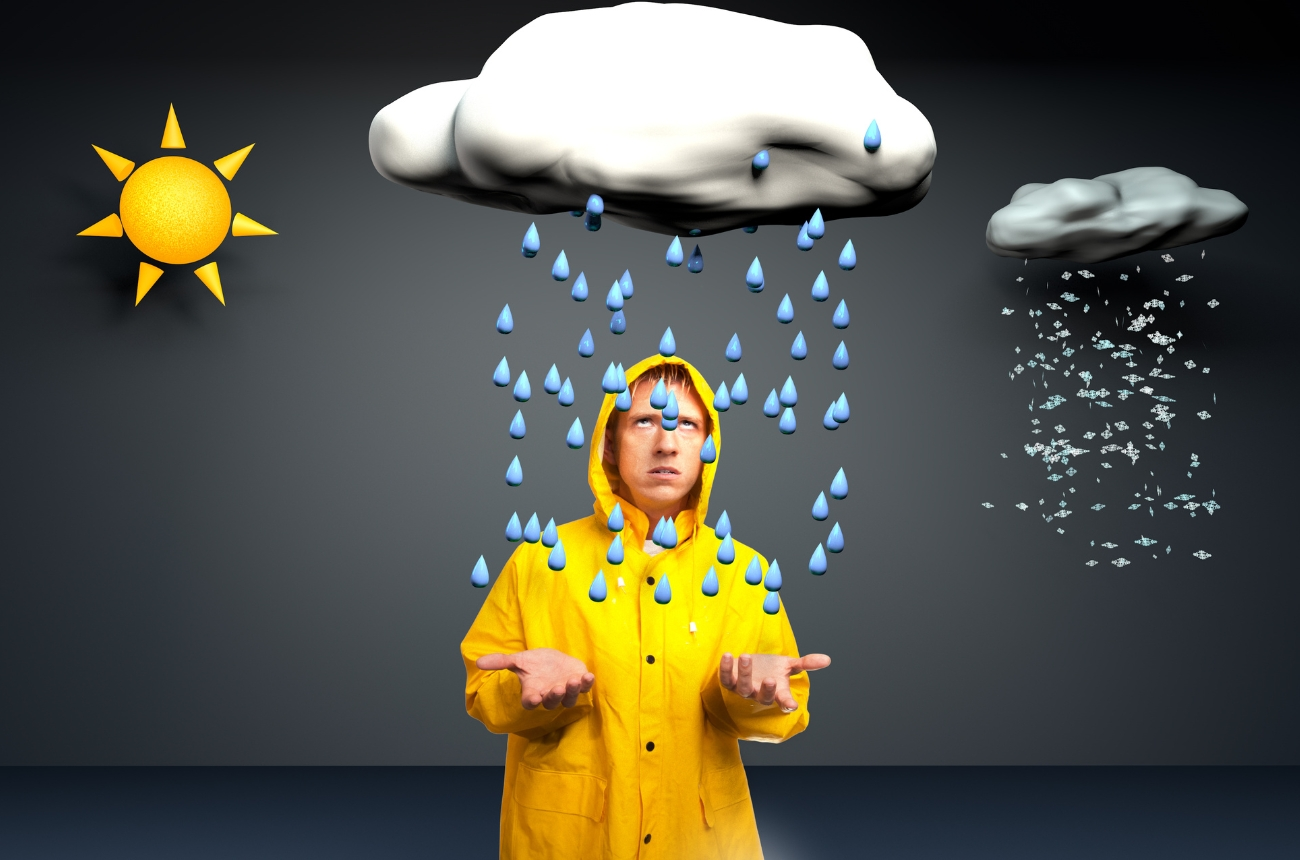Today, understanding consumer behavior and adjusting marketing strategies accordingly is critical for businesses to succeed. In this context, the effects of weather conditions on purchasing behavior have become a topic of increasing interest in recent years.
Relationship between Weather Conditions and Mood
Research on the relationship between weather and mood examines how it affects consumers’ mental states and reveals how these effects are deeply reflected in their shopping behavior. In particular, sunny and warm weather conditions generally contribute to a positive mood. This positive mental state can increase consumers’ willingness to shop, as people tend to engage in rewarding activities when they feel more energized and satisfied.
Weather Conditions and Buying Behavior: Seasonal Effects
The effects of seasonal changes on consumer behavior can be quite diverse and significant. These changes have a direct impact on consumers’ preferences and needs. Especially in winter, cold weather and falling temperatures shape consumers’ demands in a certain direction. During this period, there may be an increase in demand for products that increase the temperature, such as hot drinks and winter clothing. People need to feel cozy and warm through cold-weather clothing and hot drinks.
On the other hand, seasonal changes during the summer months may direct consumers’ attention to different product categories. Warm weather and sunny days often attract people to outdoor activities and summer vacations. In this case, summer products such as cold drinks, beach supplies and sunscreens may stand out. Consumers may increase their demand for refreshing and fun products during the summer months.
Seasonal influences play an important role in strategic decisions such as inventory management, marketing campaigns and product launches in the retail sector. By anticipating seasonal demand changes, businesses can manage their inventories and gain competitive advantage by offering products that meet consumers’ expectations.
You may be interested in: Europe’s Grey Days: Overcast Depression and Its Effects

Weather Conditions and Buying Behavior: Marketing Strategies
The use of weather in marketing strategies is an important element that allows companies to analyze consumer behavior more effectively and make strategic decisions based on this analysis. This approach is used to understand the impact of weather conditions on consumers’ purchasing tendencies and develop marketing solutions accordingly.
For example, special discount campaigns for specific weather conditions offer the ability to quickly adapt to consumers’ needs. Companies operating in product categories that are particularly sensitive to weather conditions changes can adopt a flexible pricing strategy based on periods when demand may increase or decrease depending on the weather. For example, they can increase consumer interest by offering refreshing beverages at discounted prices ahead of a hot day or outdoor products at discounted prices ahead of a sunny weekend.
Product recommendations can also be linked to meteorological analysis. For example, before a rainy day, protective products such as raincoats or umbrellas can be recommended. Thus, it may be possible to personalize the shopping experience by offering consumers products that suit their needs.
In addition, using weather conditions to organize target-specific campaigns can also be an effective strategy. In this way, companies that react sensitively to consumers’ daily weather conditions changes can increase customer loyalty and gain a competitive advantage.
Consumer Reviews and Weather Conditions
The reviews that consumers leave when evaluating products reveal that weather has a significant impact on their buying experience. This influence reflects how weather affects the moment in time when consumers evaluate product satisfaction and user experience.
In particular, the influence of weather conditions is often emphasized in reviews in terms of comfort and convenience. For example, when evaluating a clothing item on a hot day, a user may refer to its weather-friendliness, such as breathability and lightness. Such details offer important insights into how potential buyers might experience the product in a particular weather context.
In addition, consumers’ emotional experiences related to the impact of weather conditions are often included in reviews. For example, the waterproof properties of a product purchased on a rainy day, or the potential downsides experienced in this situation, can be detailed in reviews. This gives potential buyers a realistic view of how the product performs, not only in terms of its physical attributes, but also in terms of its emotional satisfaction and functionality.
If you want to give such an advantage to your business with WeatherX, you can contact us on our website.



